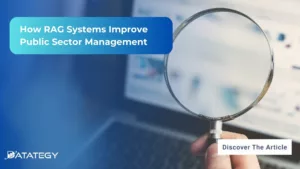How Law Firms Use RAG to Boost Legal Research RAG...
Read MoreRevolutionizing Green Power:
AI's Role in Renewable Energy Evolution
Table of Contents
ToggleRenewable energy is a theoretical approach for some, but a tangible disruptive technology for others. These technologies, from solar panels and geothermal energy to wind turbines, represent the solution for sustainable and greener energy.
AI is a catalyst and booster of renewable energy. The latest research predicts that 90% of companies in this sector will use AI by 2025 (source: precedenceresearch).
Find out how papAI can improve the deployment of AI projects in the Energy industry here.
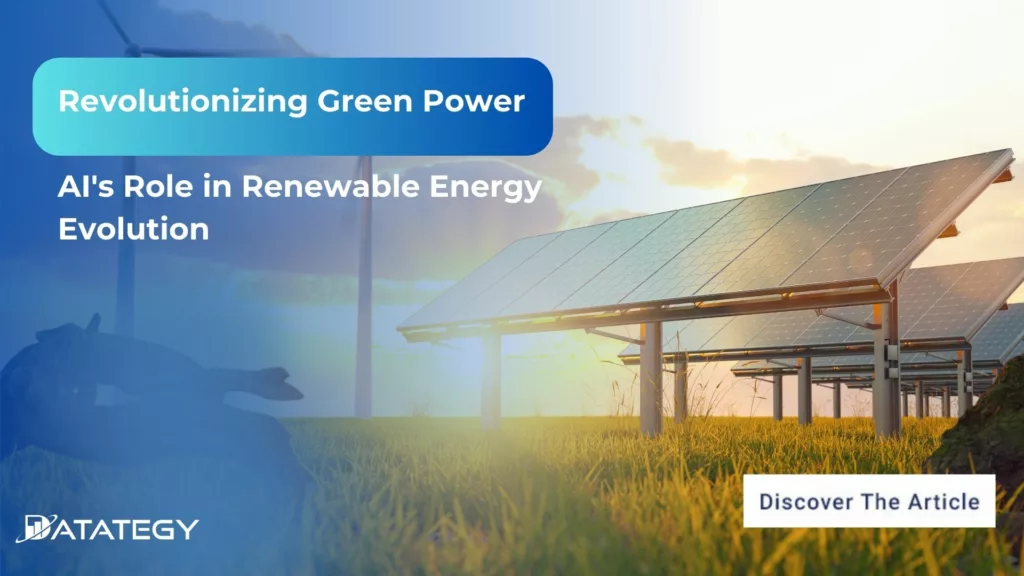
In this article, we look at the benefits and challenges of AI support for the renewable energy industry.
Overview of AI in the Renewable Energy Sector
In the renewable energy sector, artificial intelligence can assess weather predictions, anticipate patterns of rainfall, and optimize dam operations to maximize energy technology while ensuring flood control. This aids in striking a balance between environmental concerns and energy production.
The global artificial intelligence in renewable energy market size was valued at $0.6 billion in 2022, and is projected to reach $4.6 billion by 2032, growing at a CAGR of 23.2% from 2023 to 2032.
AI is essential to the ecology of smart grids. It enables the strength grid to be monitored and controlled in real-time, increasing its resilience and responsiveness to changes in supply and demand. In addition to predicting grid congestion and load distribution stability, AI systems can identify and respond to cybersecurity threats.
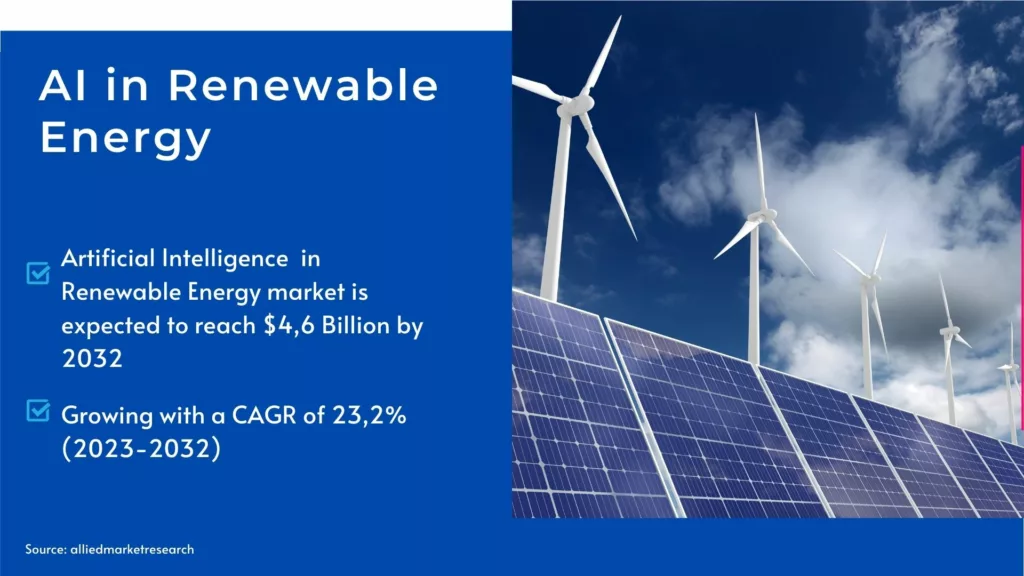
The growth of the artificial intelligence market in renewable energy is examined through various segments such as deployment type, component type, end-use industry, and geography. The market is bifurcated into two categories based on deployment type: cloud-based and on-premises.
Notably, there is a discernible surge in the adoption of AI deployment in the cloud compared to on-premises installations. This shift is primarily attributed to the imperative need for scalability among companies operating in the renewable energy space.
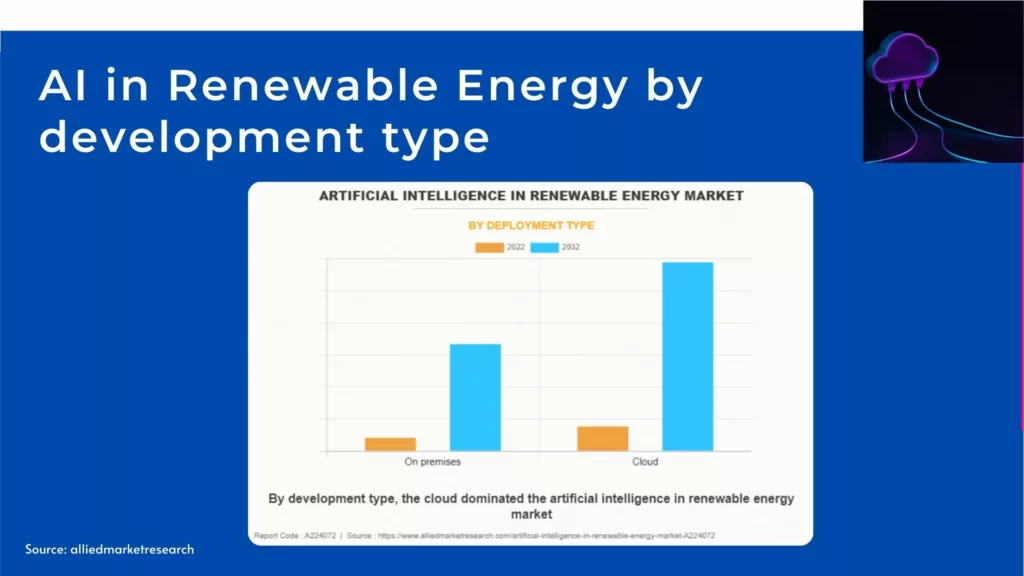
Real-world Examples of AI Applications in Renewable Energy
1- In Solar Energy
Solar Resource Assessment and Forecasting:
Through the application of AI-powered algorithms, precise prediction and evaluation of solar resources can be accomplished. These algorithms utilize multiple data sources like satellite imagery, past weather patterns, and geographical data to predict solar irradiance levels in specific regions. This capability aids solar energy providers in scheduling maintenance, integrating solar energy more efficiently into the broader power grid, and optimizing energy output—all contributing to enhanced system stability and reliability.
Predictive maintenance and fault detection:
Artificial intelligence (AI) is used in the solar energy sector to improve the performance and dependability of solar panels by means of fault detection and predictive maintenance systems. To anticipate possible problems before they get worse, machine learning algorithms examine historical data, weather trends, and real-time sensor inputs. Solar operators can maximize system efficiency, minimize downtime, and increase the longevity of solar systems by spotting and fixing problems early on.
Optimized Energy Production and Grid Integration:
Artificial Intelligence is a key component in solar farm energy production optimization. Sophisticated algorithms examine current data, including weather patterns, power use, and grid health, to dynamically modify solar panel orientations and maximize energy yield. By controlling the fluctuation of solar power output and guaranteeing a seamless integration of solar energy into the current power system, artificial intelligence is also utilized for grid integration. Predicting patterns of energy generation, modifying output to align with variations in demand, and improving grid stability via intelligent energy management systems are all part of this process.
2- In Wind Turbine
Wind Farm Optimisation:
By examining a wide range of variables, AI is utilized to maximize the performance of whole wind farms. To dynamically modify each turbine’s settings, machine learning algorithms analyze data from historical wind patterns, weather predictions, and real-time turbine performance. This guarantees that, given the current wind conditions, every turbine runs as efficiently as possible. Wind farm operators may achieve considerable improvements in energy output and overall operational efficiency by implementing AI-driven optimization.
Condition Monitoring and Predictive Maintenance:
Artificial Intelligence (AI) is utilized in the wind energy industry to enhance condition surveillance and predict maintenance needs. Machine learning algorithms scrutinize data from diverse sensors embedded in wind turbines, like temperature and vibration sensors, to detect irregularities and patterns indicative of potential wear or issues. By foreseeing maintenance necessities beforehand, operators can schedule prompt actions, reduce idle time, and prolong the lifespan of their machinery.
Fault Detection and Diagnostics:
AI is essential for both issue detection and diagnostics when it comes to wind turbines. To find unusual behavior or performance variations, sophisticated algorithms examine data from sensors and SCADA (Supervisory Control and Data Acquisition) systems. AI systems can quickly identify the problem’s source, whether it’s an electrical system fault, gearbox malfunction, or damage to the blades. As a result, maintenance crews can respond quickly, reducing downtime and increasing wind turbine operational reliability.
Empowering the Energy Industry through AI Revolution: The Critical Role of CDOs
Chief Data Officers (CDOs) in the energy industry face several challenges when it comes to adopting AI technologies. There is a cultural shift that must occur within energy companies to embrace AI technologies. CDOs must continue to explore and implement AI technologies to improve efficiency, reduce costs, and meet sustainability goals.

3- Geothermal Energy
Exploration and Site Selection:
AI plays a crucial role in the geothermal energy sector’s exploration and site selection processes. To find possible geothermal resources, machine learning algorithms examine seismic surveys, historical data, and geological data. By doing so, energy businesses may increase resource utilization efficiency and lower exploration risks by making well-informed judgments on where to drill and develop new geothermal projects.
Enhanced Reservoir Management:
Artificial Intelligence is used in the geothermal energy sector to improve reservoir management. Complex geological and reservoir data, such as patterns of fluid flow, pressure, and temperature, are analyzed using machine learning algorithms. Geothermal resource exploitation may be optimized by operators thanks to artificial intelligence (AI), which can spot tiny correlations and forecast reservoir behavior. As a consequence, energy production becomes more efficient, and geothermal reservoirs are managed sustainably in the long run.
Enhanced Power Plant Performance:
Artificial Intelligence is utilized to enhance the general performance of geothermal power plants. Real-time data from sensors and monitoring systems, such as wellhead temperatures, steam flow rates, and energy output, are analyzed using machine learning algorithms. AI guarantees the optimal operation of the geothermal power plant by dynamically altering parameters such as injection rates and steam pressure. Increased energy output, enhanced plant performance, and enhanced interaction with the larger energy grid are the results of this optimization.
4- In Bioenergy
Crop Management and Yield Prediction:
By providing sophisticated crop management and yield prediction, AI is essential to bioenergy-related agriculture. To optimize agricultural methods, machine learning algorithms analyze data from remote sensing, weather predictions, and soil conditions. AI helps bioenergy producers make educated decisions, maximize biomass output, and guarantee a steady and sustainable supply of feedstock for bioenergy production by offering real-time information regarding crop health, growth, and prospective yields.
Biofuel Production Optimization:
AI is used in the bioenergy sector to optimize the processes involved in the production of biofuels. Data from a variety of sources, such as feedstock composition, fermentation conditions, and energy usage patterns, are analyzed using machine learning algorithms. Artificial Intelligence (AI) advances the sustainable production of bioenergy by discovering the ideal parameters for biofuel production. This leads to improved yields, lower production costs, and better efficiency.
Bioprocess Monitoring and Control:
Artificial Intelligence is employed in the bioenergy sector to provide real-time monitoring and control of bioprocesses. Algorithms that use machine learning examine information obtained from sensors that track temperature, pH, and microbial activity when biofuels or biogas are produced. Artificial Intelligence (AI) improves bioenergy production efficiency, lowers resource consumption, and guarantees constant product quality by continually optimizing process parameters.
Create Your Custom AI Tool for Your Unique Energy Needs with papAI
Use papAI to harness the power of AI to solve your unique energy concerns. Making your own AI-powered technology becomes increasingly important as the need for energy grows. Through the processing of enormous volumes of data, pattern analysis,
Give your company the tools it needs to make sustainable decisions, create efficient energy management strategies, save expenses, and improve overall energy efficiency.
Unlock the potential of papAI by scheduling a demo today. Our experts will guide you through the transformation of your data-driven initiatives,
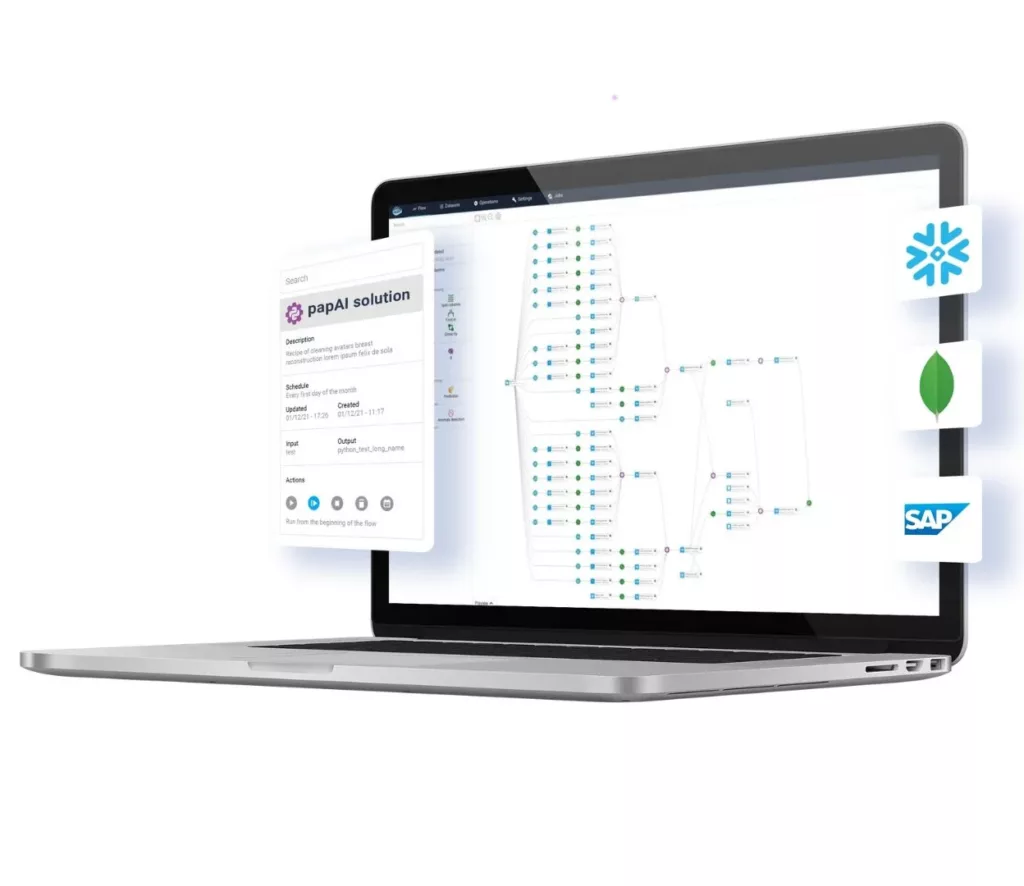
Interested in discovering papAI
Our team of AI experts will be happy to answer any questions you may have
How RAG Systems Improve Public Sector Management
How RAG Systems Improve Public Sector Management The most important...
Read MoreScaling RAG Systems in Financial Organizations
Scaling RAG Systems in Financial Organizations Artificial intelligence has emerged...
Read MoreHow AgenticAI is Transforming Sales and Marketing Strategies
How AgenticAI is Transforming Sales and Marketing Strategies Agentic AI...
Read More
